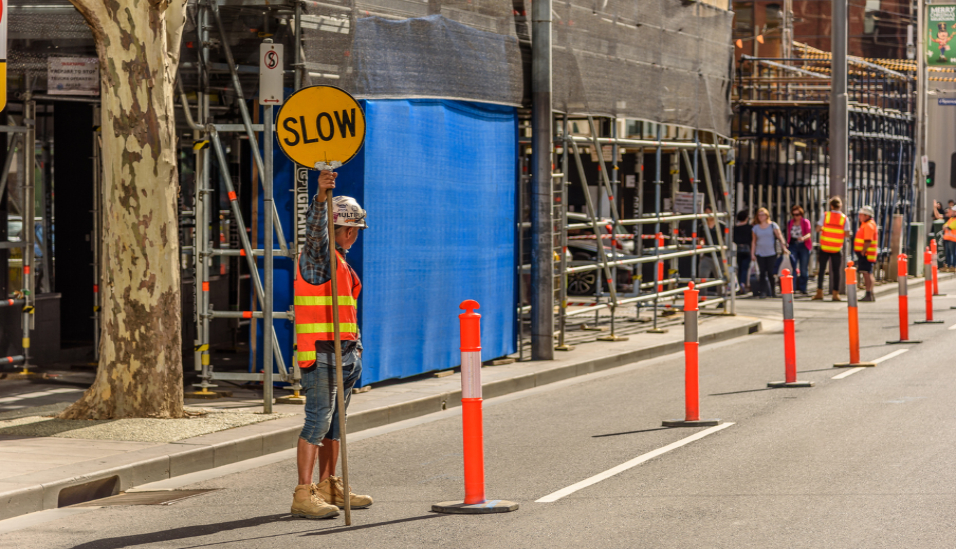Falling Investor Demand Drives Biggest Fall in Construction ‘Since the GFC’
The nation’s building activity is expected to experience the sharpest decline since the 2008 global financial crisis, according to economic forecaster BIS Oxford Economics.
Australia’s national building commencements increased $118.5 billion, an estimated five per cent in the 2017-18 period, a rise of 35 per cent since the last trough of 2011-12.
However, the Building in Austraila 2018-2033 report forecasts building commencements to fall 10 per cent across the next two years, driven by a 23 per cent correction in residential starts.
In contrast to the grim forecast for the residential building market, the report says non-residential building commencements will remain at record high levels, driven largely by NSW and Victoria, with BIS anticipating the sector to rise a further five per cent in the next two years.
First homebuyers, upgraders and down-sizers may be the winners in the current residential market thanks to the noticeable retreat from investors, however BIS anticipates strong growth in land prices as likely to restrict future dwelling commencements.
BIS Oxford Economics associate director Adrian Hart says the building sector is in transition from being a strong growth driver to a drag on the economy.
“Over the next two years, the fall in residential building starts will accelerate sharply, particularly in the investor-driven apartments segment, which is set to fall 50 per cent.”
Hart adds the mild drop in residential commencements in 2017-18 “is just the beginning”.
Related: Value of Apartment Construction Work Set to Fall 16% in 2019

Falling investor demand is credited with being a key driver of the residential building downturn.
“Domestic and foreign investor demand is weakening in the face of tougher lending criteria and increased foreign buyer charges,” Hart said.
“In turn, falling demand and rising supply (completions) is driving lower house prices, which also affects the attractiveness of housing as an investment asset.
"While price falls are expected to be modest, the high concentration of investor demand in attached dwellings will see this part of the market fare worst of all over the next two years.”
The states and territories which saw the greatest apartment market increases in recent years, such as Victoria and NSW, are forecast to see the greatest corrections in regards to dwelling starts, as BIS places special emphasis on this taking place in the eastern states.
However population growth and improving economic conditions will bolster national levels of dwelling starts, ensuring they remain at levels greater than any year prior to 2014.
“While there are local pockets of oversupply, only Western Australia and Queensland are experiencing a significant net oversupply of dwelling stock at a state level," Hart said.
"With stock deficiency to start rising nationally again from 2019-20, we anticipate a renewed upswing in residential building starts through the early to mid-2020s,” Hart said.
Highs in non-residential sector commencements
In contrast to the grim outlook for its residential counterpart, the value of non-residential building commencements is expected to rise a further five per cent in the next two years, driven largely by the strength of NSW and Victoria non-residential building markets.
This rise follows a cumulative increase of 51 per cent across the past three years with the value of office and commercial building commencements anticipated to remain near this high base until 2021-22.
We are seeing strong investment cycles play out in the non-residential building market.
--BIS Oxford Economics Adrian Hart.
Total non-residential starts are estimated to have surged 20 per cent in 2017-18 to a record $46.38 billion, due largely to economic conditions and a low interest rate environment.
“The resources boom drew industry and employment to the mining regions. The pendulum has swung back the other way over the past few years, with weakness in the resource sector, a lower dollar and improving service sector conditions supporting new commercial and industrial developments, particularly in New South Wales and Victoria.”














